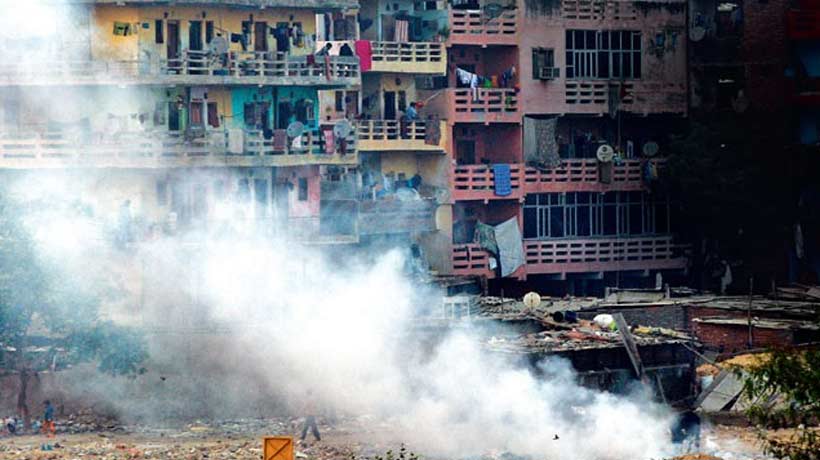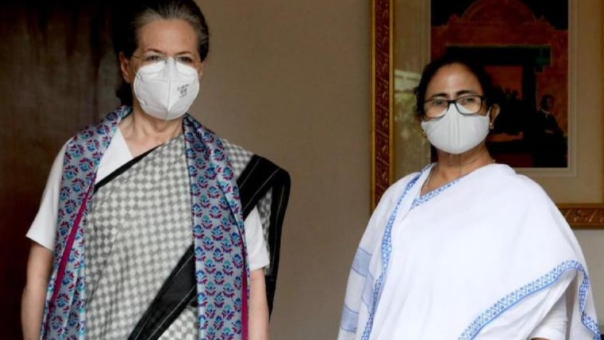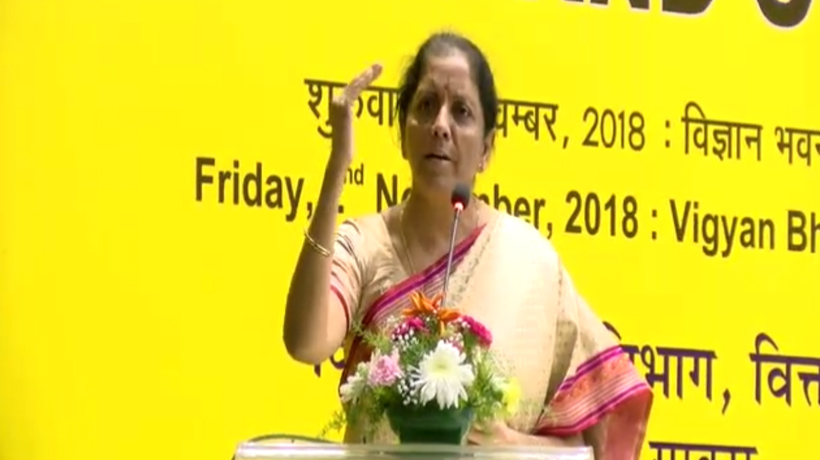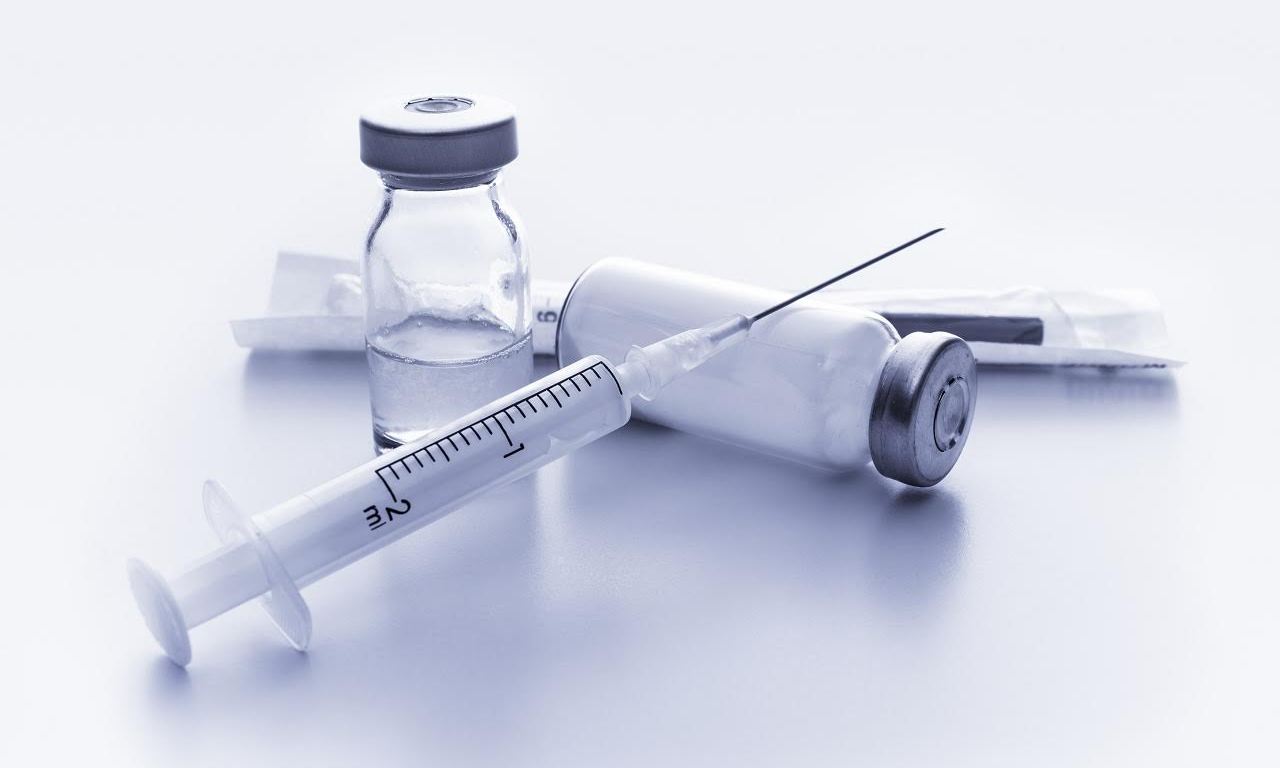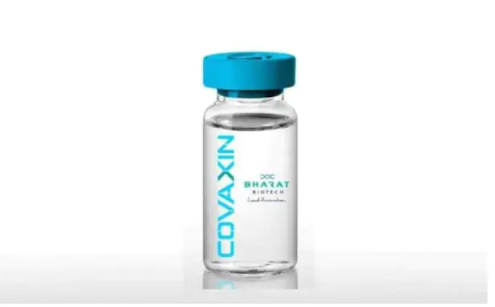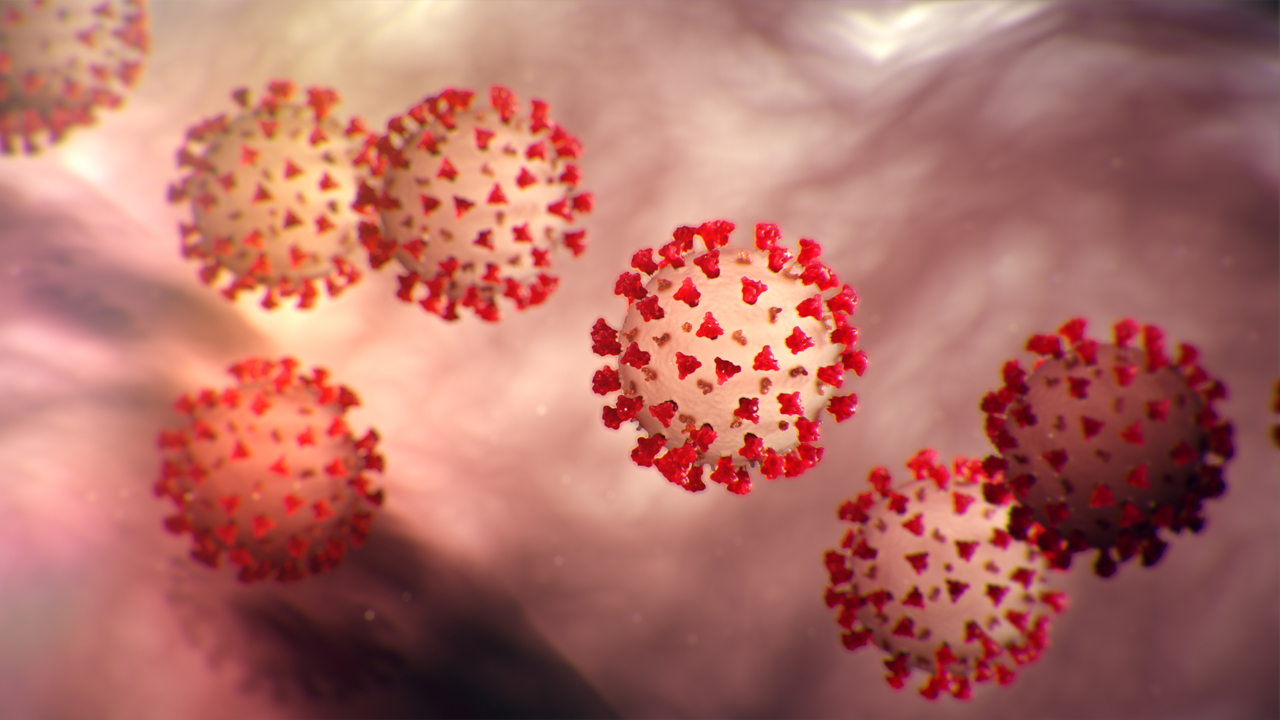Trending Now
- Alliance talks between AIADMK and BJP are ongoing. An announcement will be made at the right time – Union Home Minister Amit Shah.
- Vijay spoke about TVK vs. AIADMK only to motivate party workers – AIADMK General Secretary Edappadi K. Palaniswami.
- South Indian audiences are not interested in Hindi films, which is why they don’t succeed – Salman Khan.
- KL Rahul joins Delhi Capitals; the team will face Hyderabad tomorrow.
Whats Hot
Young, breathless: Delhi smog causing respiratory problems for half of city’s college kids, finds study
![]() November 16, 2017
November 16, 2017
Priyanka Sharma | Posted by Dev Goswami
One in two Delhi college students is suffering from respiratory problems, thanks to city’s toxic air and smog, a study conducted by a leading hospital has found.The city’s young lungs are asphyxiating under a cloud of poisonous air.
A study by a top hospital among over a thousand college students has found that more than half of them have been hit by respiratory ailments in just five days of smog mayhem.
Fortis Healthcare carried out the survey to assess damage caused by high levels of air pollution between November 6 and 11 at five different colleges at Delhi University, Dwarka, Rohini and Greater Noida.
A total of 1,044 students took part in the review done by a questionnaire method. Of the total students, 72 per cent were male and 28 per cent female. They were in the 18 to 24 age group.
FINDINGS
The findings revealed that about 53 per cent of the students suffered respiratory health issues while 51 per cent complained of aggravated symptoms during this period due to which they are now receiving extensive treatment.Also, 42 per cent students showed lung function impairment during tests and 11 per cent were already on inhalers.
They were asked to fill a questionnaire that consisted of respiratory symptoms, pollution, allergies and use of inhalers. The lung function was tested by peak expiratory flow meter and those who tested positive for airflow impairment were further tested by spirometry (measures volume and speed of air that can be inhaled and exhaled).
Dr Vikas Maurya, head of respiratory medicine and interventional pulmonology department at Fortis Hospital in Shalimar Bagh, told Mail Today, “The objective of conducting the survey was to have a greater insight to the after-effects of air pollution and the dangers that it poses. Delhi’s air quality remains in the emergency category. There is a need to involve the youth in such a study because it makes them aware of how air pollution can deter their growth.”
Between November 6 and 11, when air pollution was at its peak, about 51 per cent students complained of aggravated symptoms and 53 per cent had visible warning signs like cough, sputum, complaints of chest tightness and breathlessness, he said
“52 per cent of the students informed that they were allergic to dust, smoke and pollens, while 42 per cent showed lung function impairment,” said Dr Maurya.
POISONOUS POLLEN
A recent study by Vallabhbhai Patel Chest Institute noted that pollens in atmosphere are also responsible for triggering asthma and allergic reactions during winters. According to the findings, the air during September, October and November contain highest pollen count.
Professor Raj Kumar, head of pulmonary medicine at the institute and the author of the study, said, “More than 30 per cent of the population is reportedly suffering from one or the other allergic ailment, which immediately leads to increase in respiratory problem. This is one of the main reasons why OPDs in hospitals witness more patients.”
The findings have been published in the Indian Journal of Allergy, Asthma, and Immunology.
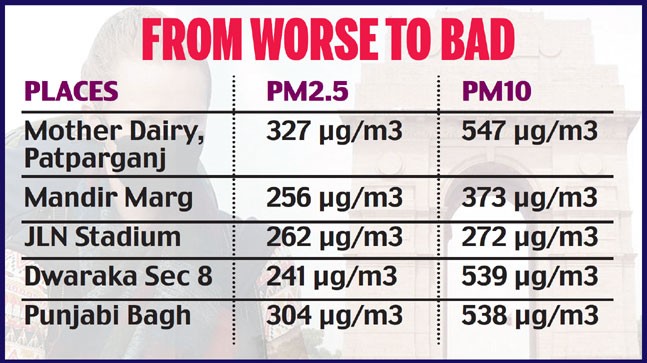
‘GAS CHAMBER’
Delhi turned into a “gas chamber” last week when experts recorded extremely poor PM2.5 levels in the air, prompting the government to announce the closure of schools.
Dr Bobby Bhalotra, pulmonologist at Sir Ganga Ram Hospital, said OPD cases have jumped 40-50 per cent with patients complaining of breathing problems. “Most affected are the ones who have to do outdoor activities, and college students. They are not able to do their routine work,” he said.
The Lancet medical journal has reported that in 2015, pollution claimed nearly 3 million lives in India.At AIIMS, the doctors are witnessing a record number of respiratory patients. Dr GC Khilani, head of pulmonary medicine, said people are suffering with acute asthma and bronchitis attacks.
“Most of the patients are young like college and school students and those who go out early in the morning for work when the pollution levels are very high,” he said. “We are trying to help them through inhalers and nebulisers.”





